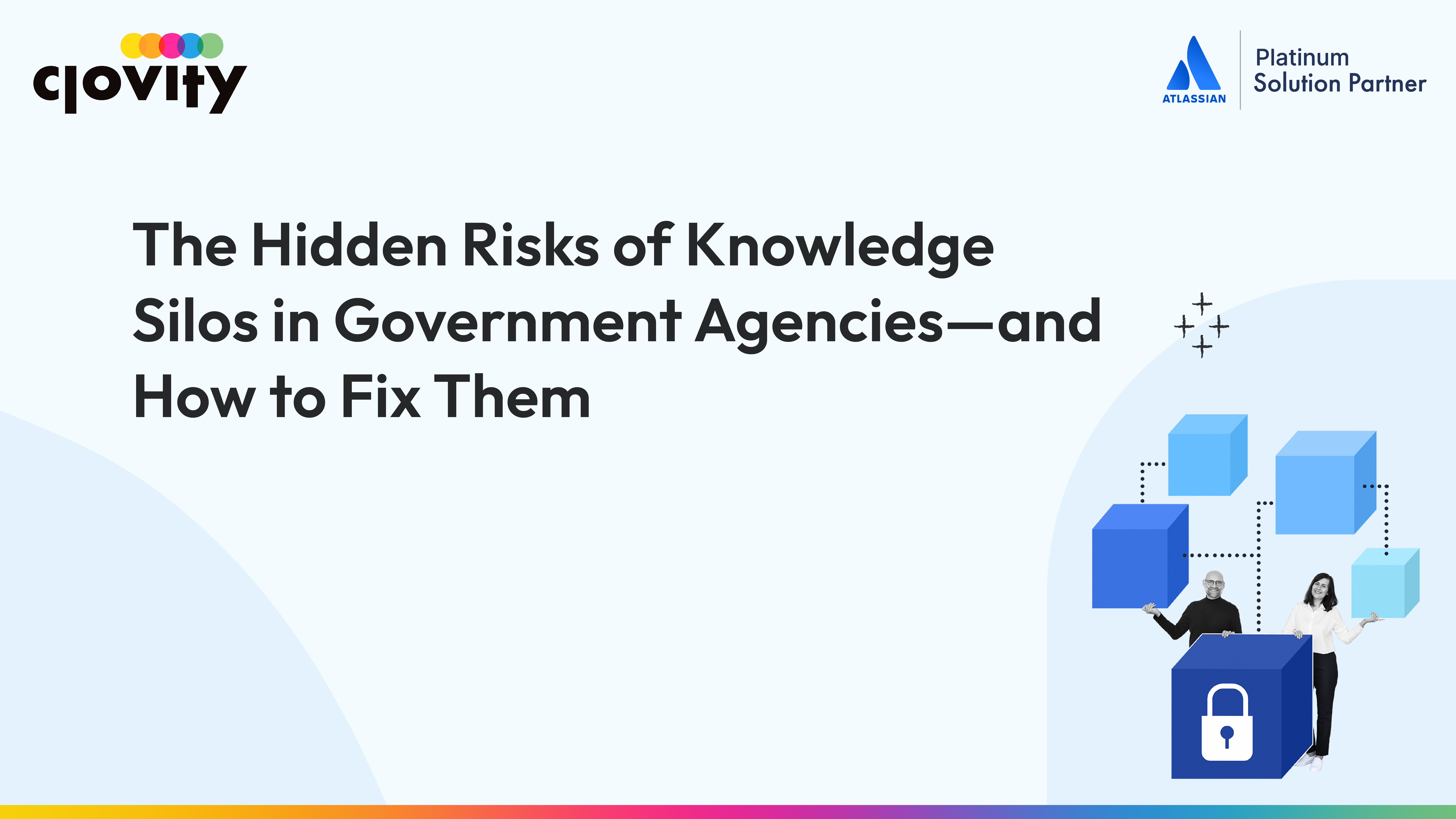Government agencies carry out essential missions that affect public safety, national security, and citizen services. Yet many struggle with a persistent issue: knowledge silos. These occur when information remains locked within departments, systems, or individual teams, preventing others from accessing insights that could improve decision-making and operations.
While knowledge silos may seem like an organizational nuisance, their impact can be far more significant. Letās examine why these silos emerge, the risks they pose, and practical steps government agencies can take to reduce their effects.
Why Knowledge Silos Happen in Government Agencies
Several factors contribute to the presence of knowledge silos in public sector organizations:
- Complex Organizational Structures: Large agencies often consist of many departments, each with its own leadership, processes, and tools. This separation can hinder the flow of information between groups.
- Security and Compliance Concerns: Government work often involves sensitive or classified data. Understandably, strict security measures and access controls can result in isolated pockets of knowledge.
- Legacy Systems and Technology Gaps: Some agencies rely on outdated systems that do not integrate well with modern platforms, making it difficult to share data or collaborate across units.
- Cultural Norms and Work Practices: In some cases, teams develop habits of working independently, maintaining their own records and knowledge without sharing broadly.
These silos are not always intentionalābut they can create significant risks for government operations.
The Risks Associated with Knowledge Silos
1. Delayed Decision-Making
When information is difficult to locate or trapped within a single department, leaders may be forced to make decisions based on incomplete data. This delay can slow critical responses, particularly during emergencies or fast-moving policy changes.
2. Duplicated Work
Teams unaware of one anotherās efforts often repeat research, projects, or analysis. This duplication wastes time, budget, and human resourcesāsomething no agency can afford.
3. Reduced Innovation
New ideas often emerge when people from different backgrounds share insights. Knowledge silos limit these cross-disciplinary exchanges, reducing opportunities for fresh approaches to complex problems.
4. Increased Security Risks
Ironically, silos meant to protect information can also undermine security. When individuals store knowledge in isolated places, agencies lose visibility into where sensitive data resides, increasing the chance of data breaches or compliance failures.
How Government Agencies Can Break Down Knowledge Silos
Addressing knowledge silos requires intentional changes in both technology and organizational culture. Here are practical steps agencies can take:
Foster a Culture of Information Sharing
Leadership should emphasize the importance of collaboration across departments. Recognizing and rewarding teams that share knowledge can encourage a more connected workplace.
Implement Centralized Knowledge Platforms
Modern platforms like Atlassian Confluence help government agencies consolidate documents, insights, and project updates in a single, secure environment. Authorized users can search for information quickly, reducing barriers between teams.
Standardize Processes and Formats
Agencies can reduce silos by adopting consistent templates and documentation standards. When information is stored in predictable formats, itās easier for others to locate and use.
Ensure Appropriate Access Controls
Security remains crucial. Centralized platforms should include robust permission settings so sensitive data stays protected while still allowing collaboration where possible.
Invest in Integration Between Systems
Agencies using multiple software tools should explore integration options. Connecting systems minimizes the gaps where information might otherwise become isolated.
Moving Toward Better Collaboration
Knowledge silos are not unique to government agencies, but the stakes are higher when public trust, safety, and national interests are involved. By recognizing the risks and taking concrete steps to share information more effectively, government organizations can improve efficiency, reduce duplication of effort, and make better decisions in service of their missions.
š§ Contact us at sales@clovity.com or visit š atlassian.clovity.com to get started today.


